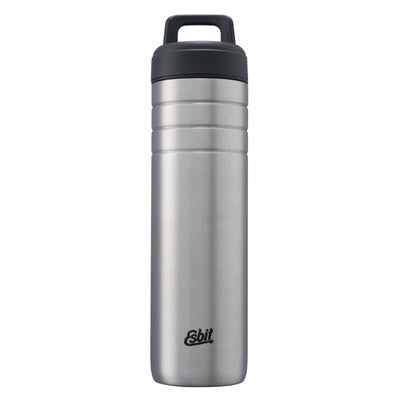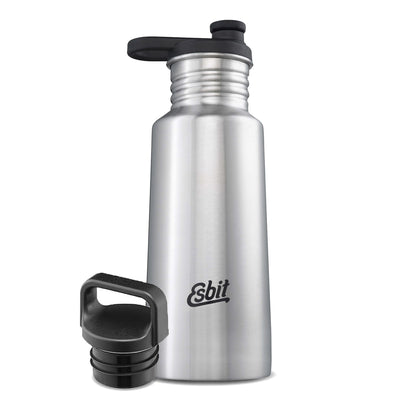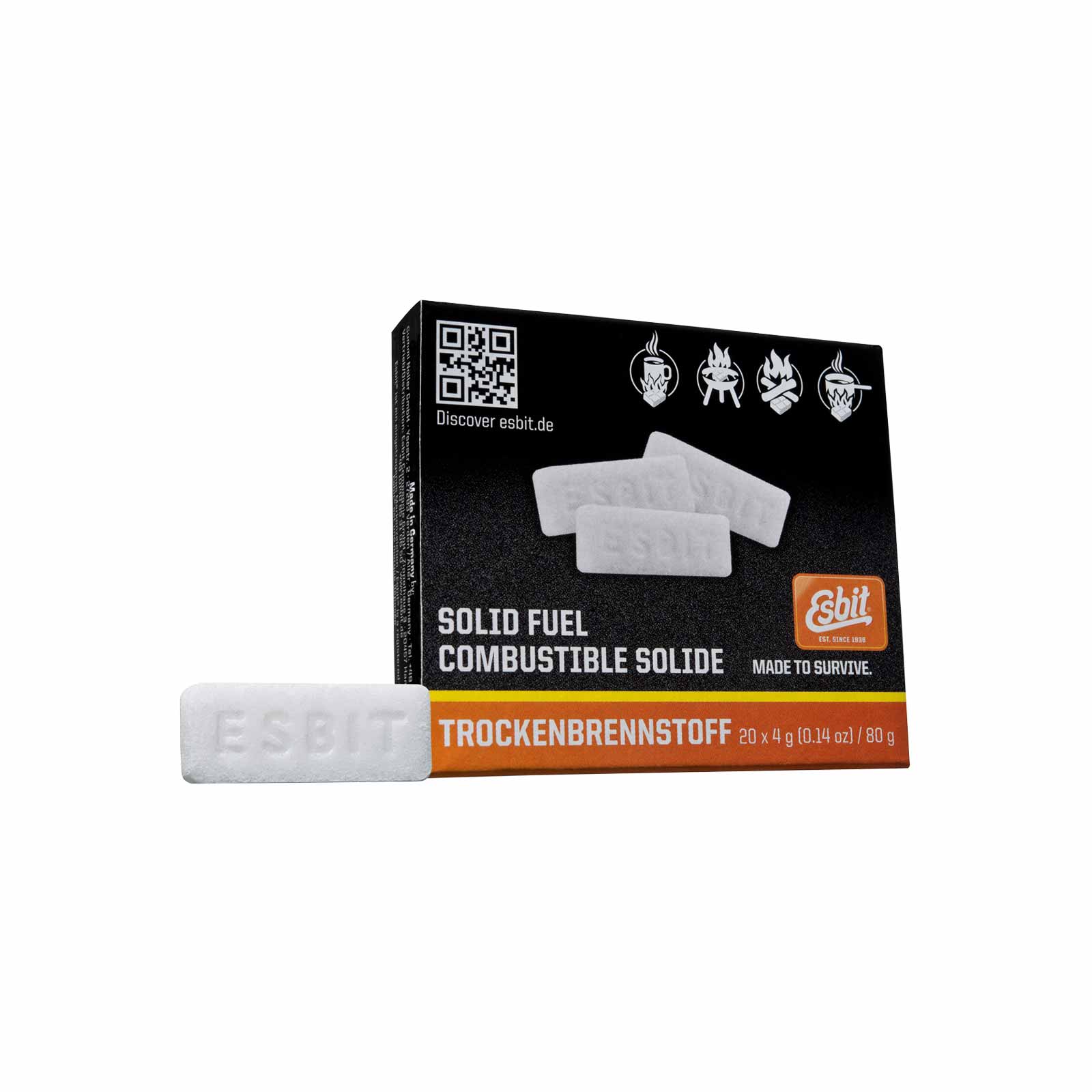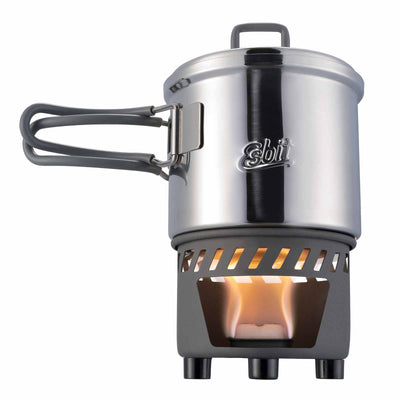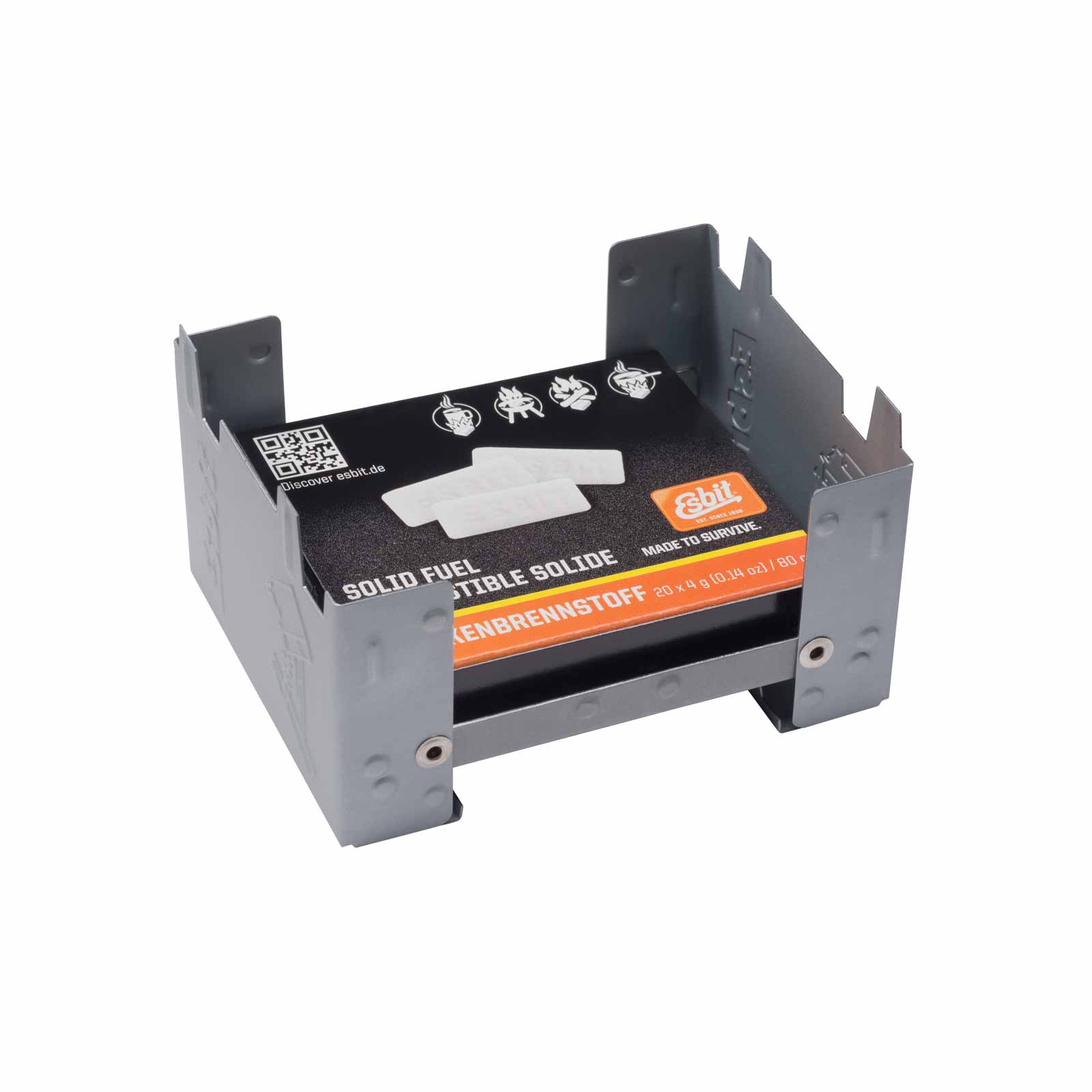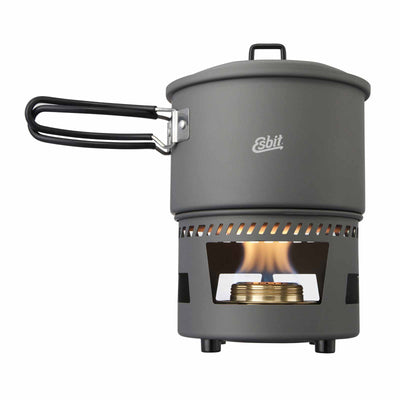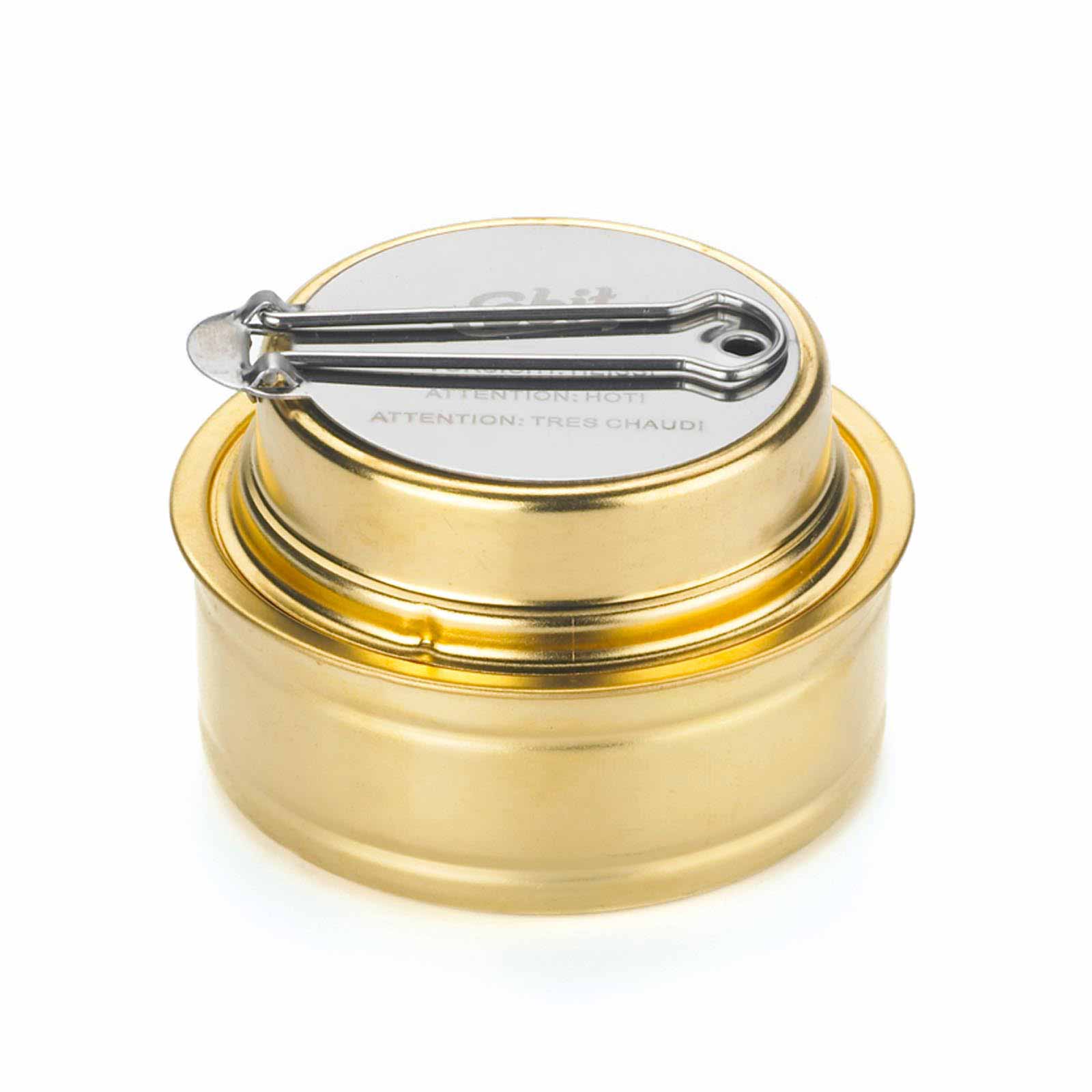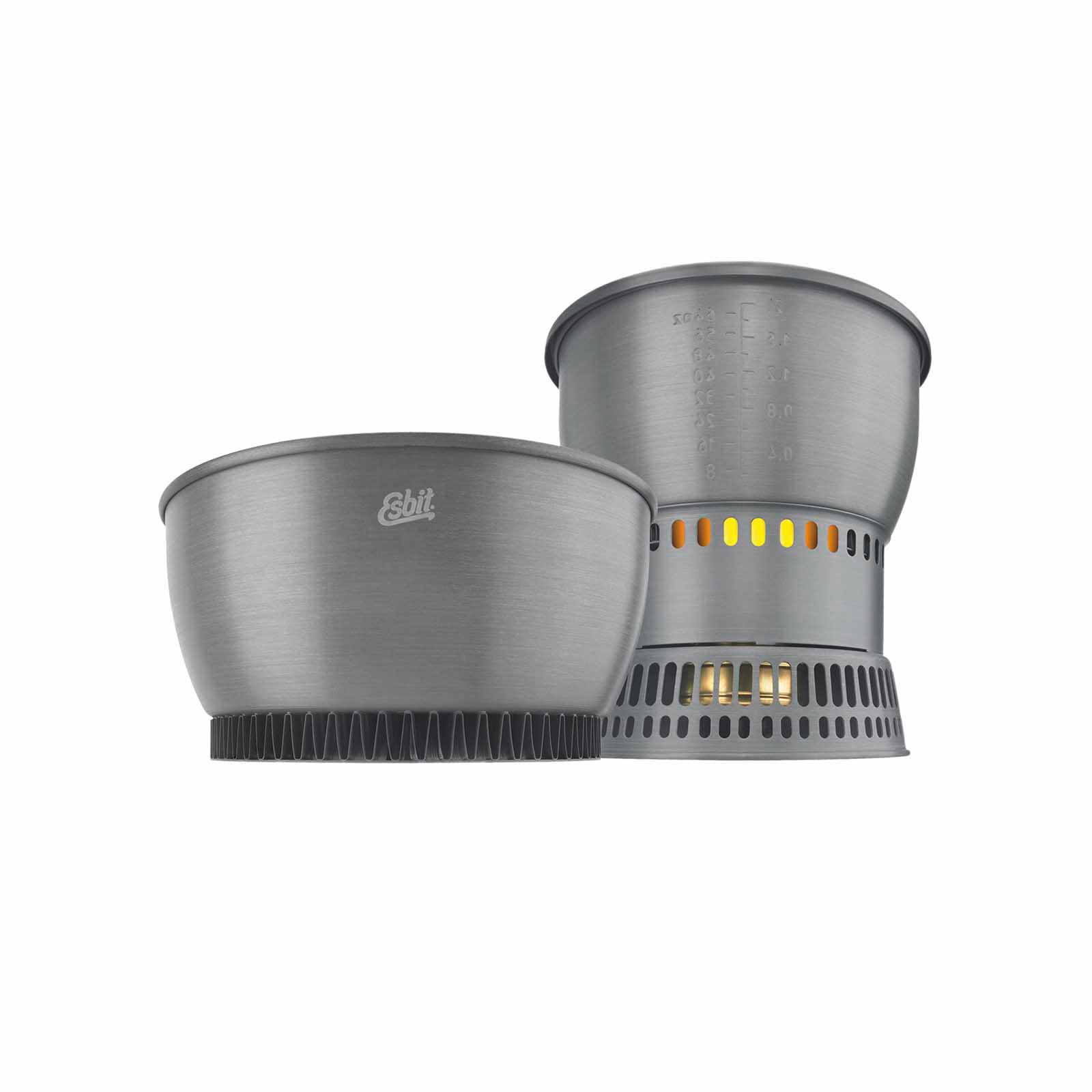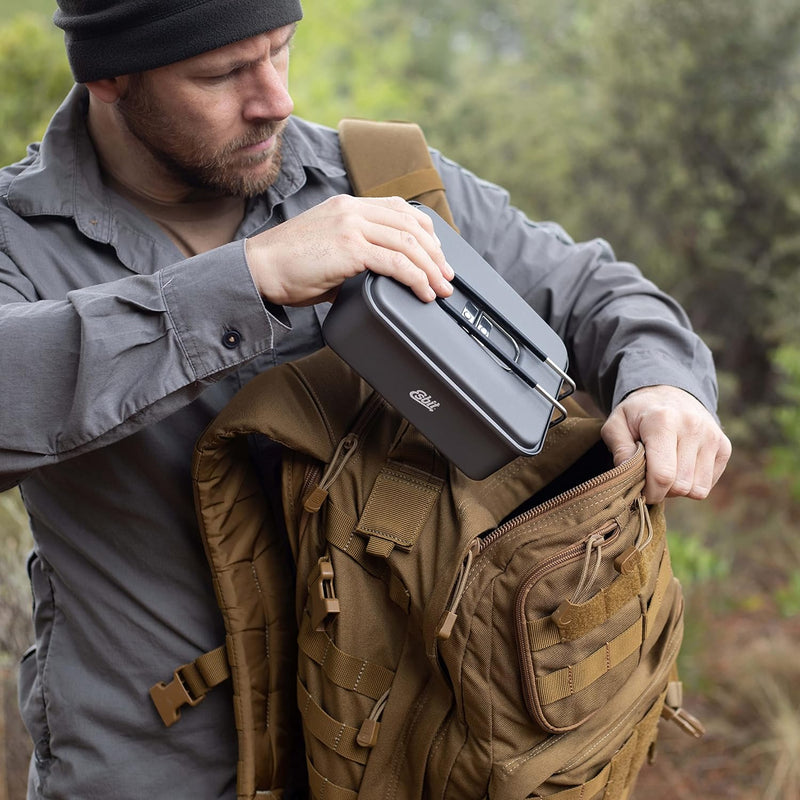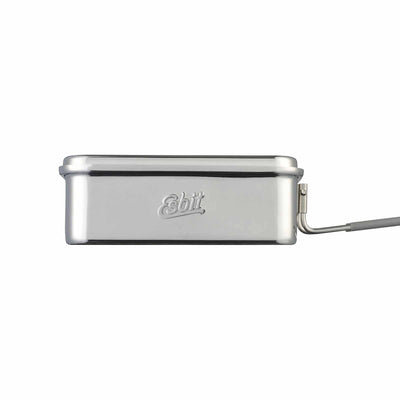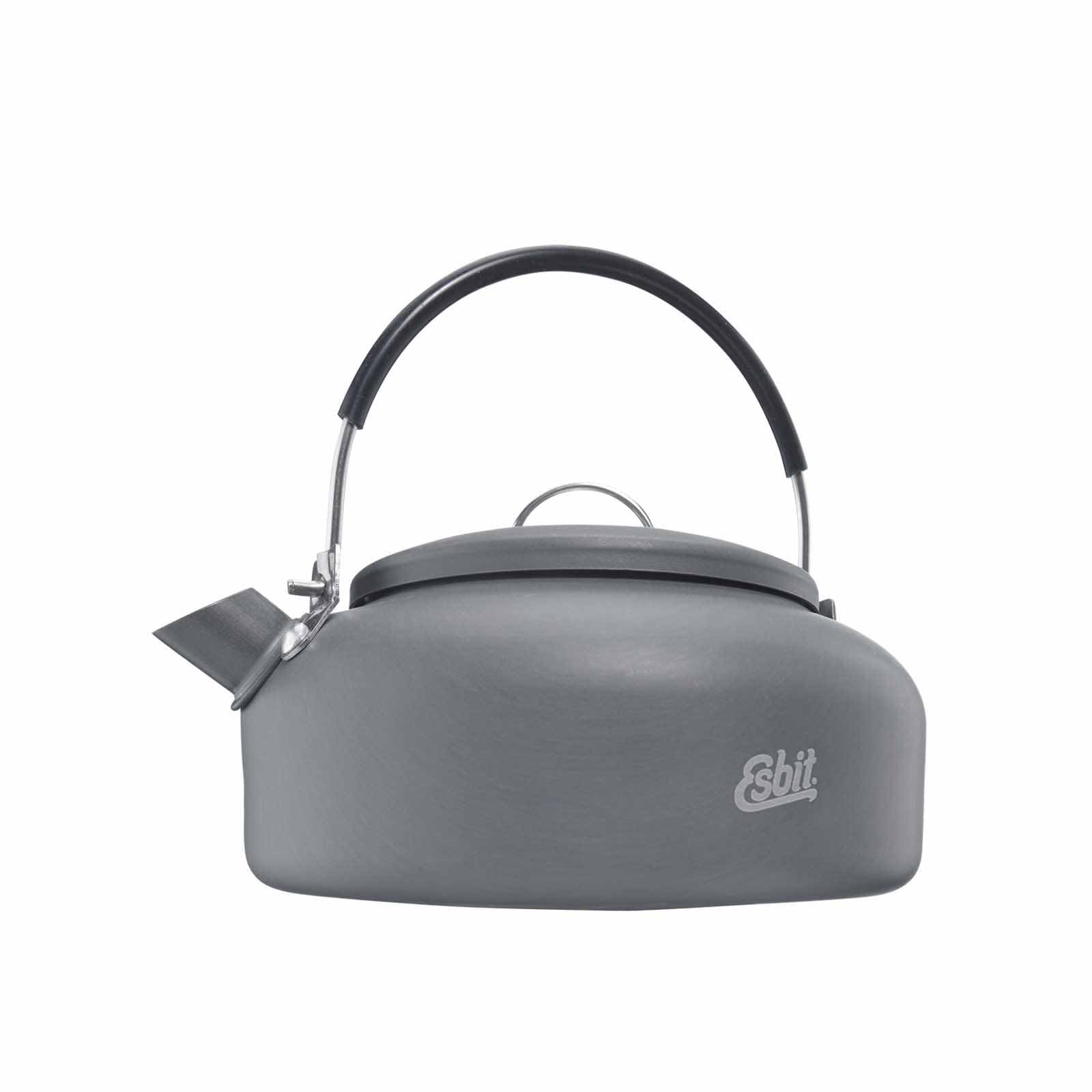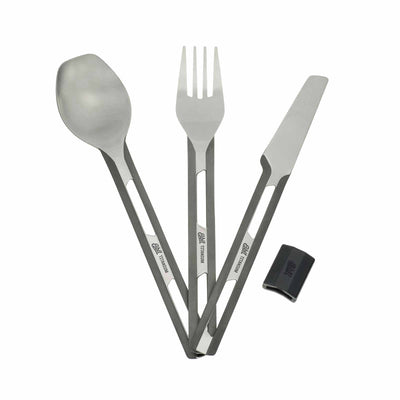#5 tips for backpacking
What belongs in the backpack and what does not? On longer lasting tours or even shorter trips, the trekking or hiking backpack is always repacked again. It depends on the right equipment – Of course. But people often forget that the packing technique is also crucial, so that the back is relieved and the load on the shoulders is not too heavy.
We have five rules of thumb for you that will certainly make your next trip easier. In the truest sense of the word!

#1 The weight of your backpack should not exceed 25% of your body weight. Less is more – make yourself an idea of your luggage before packing. Spreading everything out in front of you will give you a good overview. Take only what you need with you to save space and weight. Most equipment is designed for trekking and outdoor adventures. Our OUTDOOR products, for example, are especially light and have a small pack size.
#2 Lightweight and bulky equipment belongs at the bottom. Start with the bottom (compartment) of your trekking backpack and put for example the down jacket or sleeping bag in first. You can squeeze these items together and save space that you need on top.
#3 Especially heavy and bulky equipment should be stored well. It can quickly cost nerves and strength – for example, if it is tied up on the outside. Cookware or cooksets can be filled with smaller equipment and thus take up less space in the trekking or hiking backpack. Pack heavy items as close to your body as possible, preferably directly against your back. This puts the least strain on your back and conserves your energy reserves.
>> Depending on whether you are hiking on the flat or climbing a slope, you will pack your heavy luggage differently. On the plain, the heavy luggage belongs in the upper back. When going uphill, it is best to put it on the lower back.
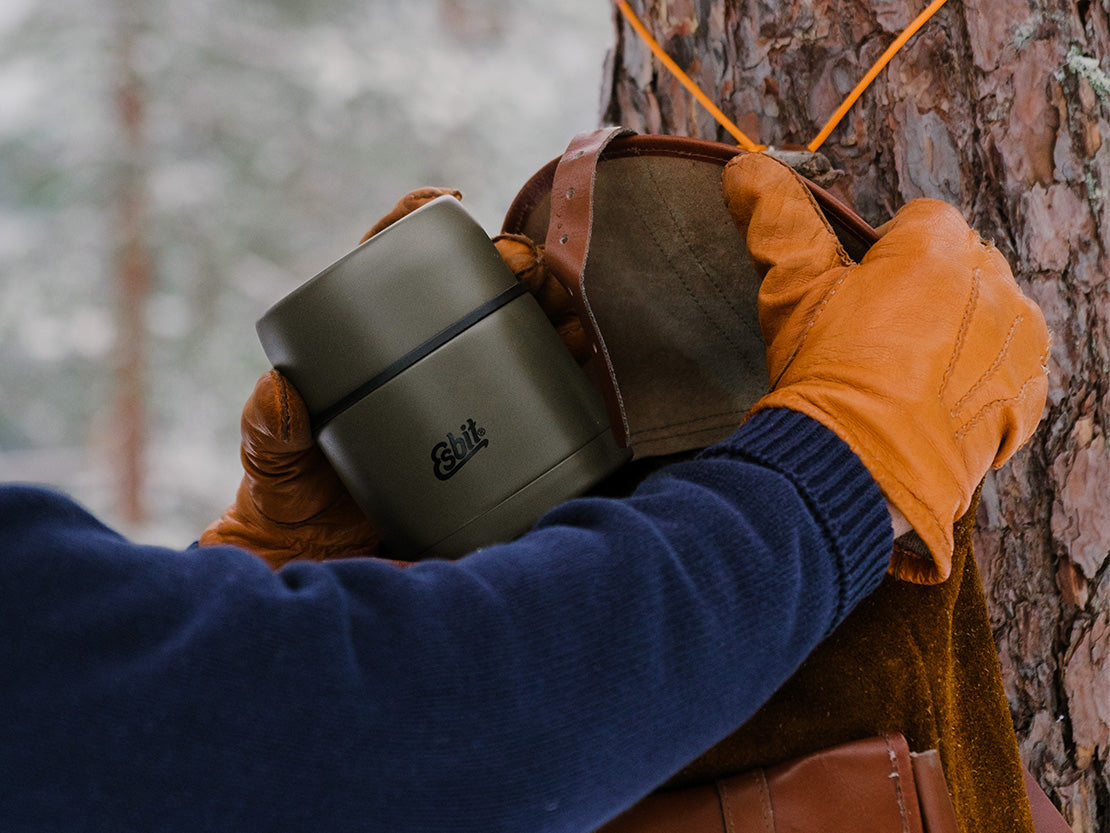
Speaking of energy reserves: Depending on how long you are on the road, you should think about snacks and food for the tour. With the Esbit cookware, our cooksets with alcohol burner or solid fuel cookset you have the opportunity to cook in nature. For trips lasting one or two days, Esbit food jugs are particularly suitable. In them you can keep meals hot or cold for a long time – cook at home and enjoy outdoors.
#4 Packing bags help you to keep order. You can create different categories and, for example, store day outfits separately from each other. This way, everything important is quickly at hand. Also use all the compartments of your backpack – so you avoid long searches for sunscreen or a snack.
#5 Test your backpack before the tour. Climbing stairs or make a short walk outside in the neighborhood – this will help you to check whether the backpack is well packed and the weight is ideally distributed. The basic rule is to pack the backpack upwards as much as possible and not widthways. The weight should be well distributed vertically as well as horizontally.
During the tour, it can help to adjust the straps a little in the meantime. This puts different loads on your shoulders, neck and back and distributes it to different muscles.
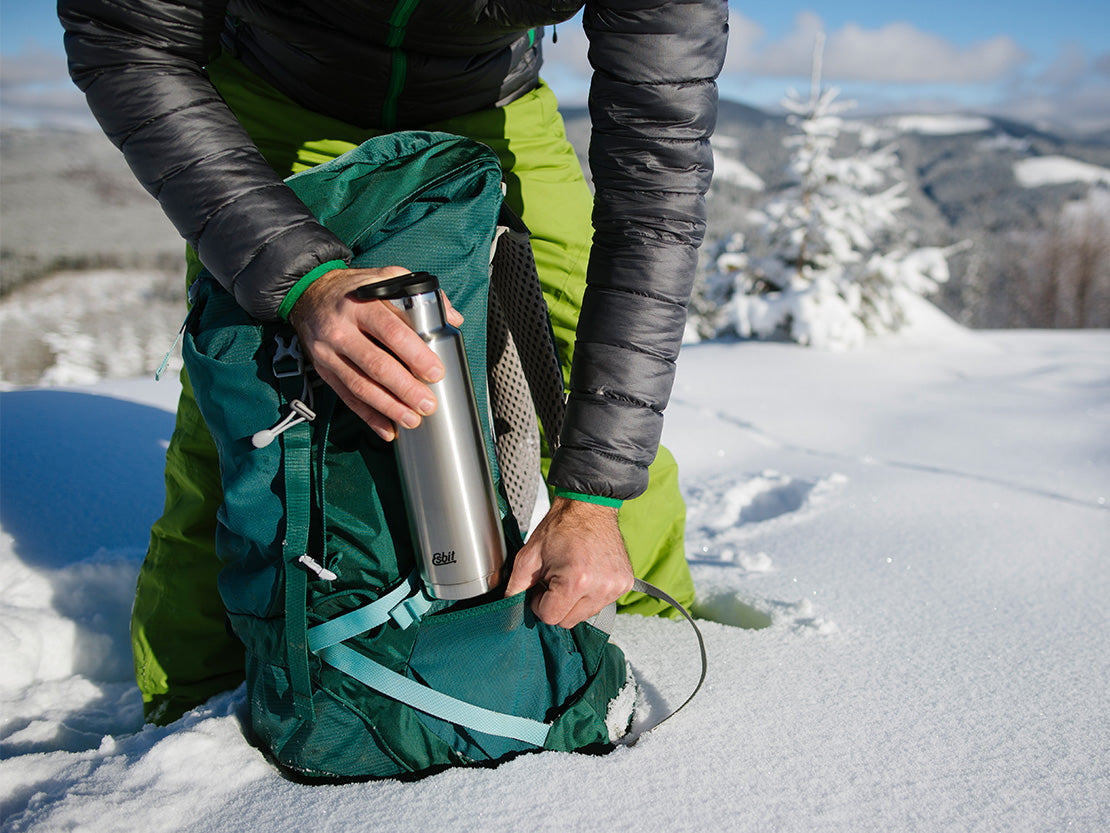
This should be found in every backpack – to sum it up: The must-have outdoor equipment:
- First aid kit
- Water
- A change of clothes
- Warm jacket
- Protection from sun, wind and rain
- Hiking map
- Wallet
- Smartphone
And finally, the most important thing: make sure you have the right refreshments for in-between. Fresh and balanced meals help you to recharge your batteries. So, for example, cook ahead and take your refreshments with you in an Esbit food jug.
On multi-day tours, you can also prepare a whole meal on the go with the Esbit cookware, or our cooksets with alcohol burner or solid fuel cooksets. Let our recipes inspire you!




